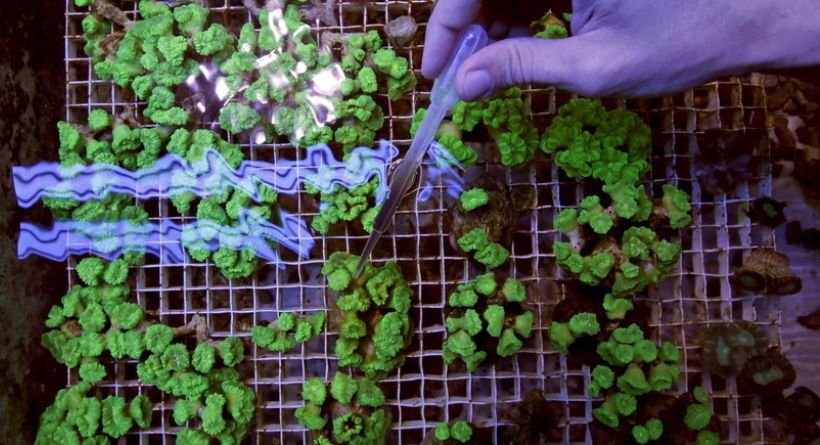What is Biotechnology?
Biotechnology, or the life sciences, are those that focus on studying living things. To adapt or improve something for human consumption, often via the use of biology and other methods. Biological technology is another name for biotechnology.
Also read: www.myenvoy.air
Types of biotechnology
The several fields of study that make up biotechnology are classified by colour according to their most frequent practical applications.
- Using organisms to create new medications and stem cells to restore damaged human tissues and grow and regrow complete organs are examples of medical procedures included in red biotechnology.
- The creation of novel chemicals or biofuels for automobiles are examples of the “white” or “grey” industrial processes.
- The cultivation of pest- and disease-resistant crops and livestock, as well as the use of sustainable farming techniques, fall under the green category of agriculture.
- Simply put, bioinformatics is the study of how computers may be used to facilitate biological processes. It describes the processes used by medical professionals to acquire, organise, and interpret patients’ biological data in order to provide effective treatment.
- Transformation of aquatic biomass into fuels and medicines are examples of the kinds of activities that fall under the blue category.
- The fermentation of alcohol and cheese are two of the most well-known uses of the yellow processes that help in food production.
- Violet makes sure that the use of biotechnology follows all applicable regulations and ethical guidelines.
- The employment of biotechnology in weaponry or conflict is a disturbing development.
Biotechnology in Everyday Life
The term “biotechnology” has a sophisticated ring to it, but in reality, it’s a tool most of us use every day. You’ve used biotechnology goods if you’ve ever consumed a yeasted loaf of bread or a bottle of beer. Traditional biotechnology techniques are used in many of today’s delicious dishes. Even though they lacked the modern tools necessary to do so, farmers and agriculturists have always used selective breeding to bring about the characteristics they sought in their crops and cattle.
For instance, today’s bananas don’t resemble any kind of banana you’d see hanging on a tree in the wild. Bananas grown in the wild are not as delicious as those sold in stores and have many huge black seeds. The next time you eat a banana, think about biotechnology. Most contemporary biotechnology takes place in a laboratory using sterile, single-use equipment, which greatly reduces the amount of trial-and-error necessary to get the desired outcome.
Because to biotechnology, we now have antibiotics, cheese, beer, wine, yeasted bread, and even tamed cats and dogs. Nearly as long as Homo sapiens have roamed the Earth, it has been an integral element of our existence. In any case, why is it crucial to advance biotechnology?
What are the advantages of biotechnology?
Producing biotechnology has several benefits and potential answers to pressing issues. These are some of the more important ones:
- Mitigating the effects of climate change and environmental degradation through decreasing pollution and garbage production;
- Improving nutrition and reducing food poverty by developing foods that are more durable and less likely to spoil;
- Illness prevention by prenatal genetic modification; developing medicines to improve the health and lifespan of humans, animals, and plants;
- Maximizing agricultural yields and income while decreasing expenditures on inputs like insecticides.
What are the disadvantages of biotechnology?
There are risks associated with biotechnology, and the technology may be abused. Some of the most significant drawbacks are as follows:
Biological warfare.
There is a chance that infections and epidemics will be created and exploited to infect people in a war zone.
Decrease in biodiversity.
Reduces species’ ability to withstand and adapt to rapid environmental change as a result of mono-cropping or growing just a restricted number of genetically altered crops.
Loss of soil fertility.
Plants that have been genetically modified to produce more food also demand a higher soil nutrient content. Devastating cropland and a need to resort to ecologically damaging fertilisers to make up for a nutrient deficiency are all potential outcomes of this.
High costs.
Products developed using biotechnology tend to be more expensive than their conventional counterparts and have the potential to cause significant price increases across a number of market sectors.
Also read: openai medicaidknightwired
Ethical considerations.
There are several moral concerns that might arise from tinkering with genes, such as the potential for human genetic engineering.
Where do you think biotechnologies will be by 2030?
It won’t be long until biotechnology is as commonplace as mobile phones and the internet. The number of biotech firms, both large and small, is expected to grow, as is the number of venture capital firms.
Just as in Science Fiction literature, biotechnology might be applied in rural areas and private homes. Instead of going to the store, you could just ask a machine to manufacture the cleaning supplies you need. Using biotech garbage converters, we could eliminate garbage altogether.
Also, national problems like healthcare may be easier to solve with the aid of biotechnology. Today, around $8 trillion USD is spent worldwide on healthcare. Because of biotechnology, it may be the maximum amount we have to spend. Technologies like effective disease prevention and wellness programmes, precision medicine, gene editing, organ manufacture, and stem-cell treatment could keep healthcare costs flat despite a growing global population. All of them, I expect, will eventually become standard operating procedure.
By the year 2030, I believe it will be reasonable to assert that biotechnology will permeate every aspect of human existence, from life-saving pharmaceuticals and medical therapies to sustainable energy sources and building materials.






